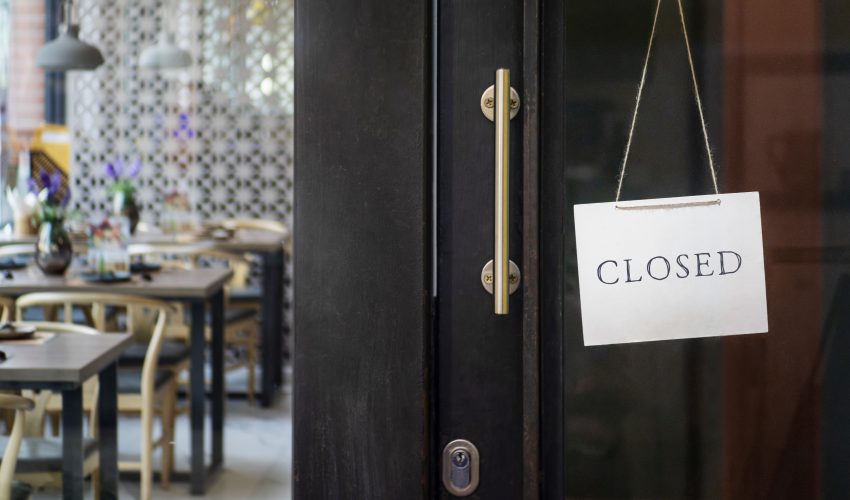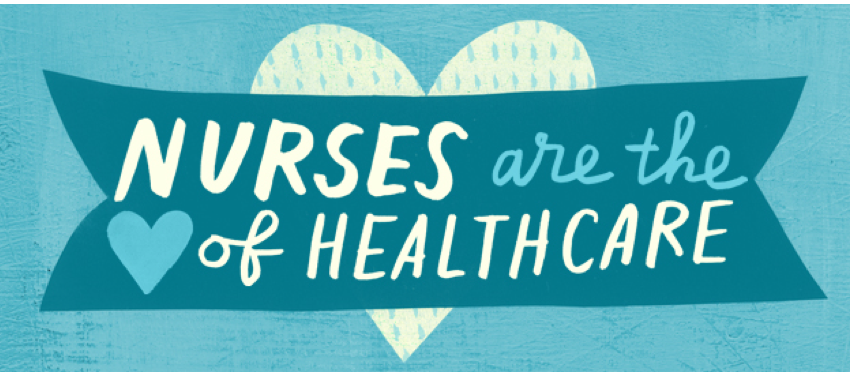Post Views: 1,604
ViewsThe Unemployment Crisis
During the week of March 16-20, about 3.3 million people filed for unemployment, according to the Labor Department. The number is expected to climb with each week of the economic shutdown. The total number of unemployment claims was much higher than the 1.5 million claims that economists expected. As of Thursday, April 2, the number of people who have filed for unemployment has reached 6.6 million. This tells you that no one was prepared for the destruction of this virus across the globe.
The majority of the U.S. is in a mandated stay-at-home order. Forcing many small businesses to close their doors. In addition to hotels, movie theatres, sports arenas, restaurants, and retail chains. Because of this, the unemployment claims are five times higher than the previously set record in 1982.
An Economic Recession?
The Labor Department is recording layoffs in food services, entertainment, warehousing, manufacturing and recreation. The concern for many is that “layoffs are just starting,” according to economist Kathy Bostjancic of Oxford Economics. This creates an overall fear and anxiety in the economy and is leading to the tumultuous ups and downs in stocks.
Restaurants and transportation companies have been particularly affected. Restaurants are only allowed to have takeout orders which take away the work of waiters, hostesses, and bussers. Forcing many companies to lay off their workers.
A restaurant notably affected is the Rusty Bucket Restaurant and Tavern. They have let go of 975 workers across five states, including Indiana and Ohio. The founder and president, Gary Calliciat, said: “The devastating impacts rippling through the restaurant community due to this situation cannot be overstated.”
Senate Passes $2T Relief Package
US Treasury Secretary, Steve Mnuchin, has estimated that unemployment in the U.S. could drop to 20%. The Senate has passed a $2 trillion stimulus package that provides payments to taxpayers and bailouts for hard-hit industries to assist with the economic impact of the virus.
According to economist, Mark Zandi, “The outbreak could trigger about 7.5 million layoffs, largely in the second quarter, as the 3.5% unemployment rate, a 50-year low, climbs above 10%.”
Unemployment Claims
So many people are filing for unemployment at this time that the website is supposedly crashing from the influx of visitors. All the laid-off workers are overwhelming the Labor Department with a number of claims not seen in decades. In New York City, the epicenter of the coronavirus in the United States, there has been a 1,000% increase in claims.
Andrew Stettner, a Senior Fellow at the Century Foundation think tank says, “This morning’s jobless claims confirm that the United States is in the thralls of a catastrophic unemployment crisis, the likes of which we haven’t seen since the Great Depression.” He continued on to say, “This represents the single worst one-day piece of labor market news in America’s history.”
The Depth of The Pandemic’s Impact
Americans went from experiencing a robust and growing economy to an economy on the brink of a recession. The average consumer’s confidence in the economy was very high just a few months ago during the holiday season with people spending on goods and services. The economic impact of the coronavirus is especially difficult for people who have invested a lot of money in stocks and now must watch them rise and fail seemingly every day.
It is still too early for economists to know the depth and length of the pandemic’s impact on the economy and job market. The president of the Federal Reserve Bank of St Louis, James Bullard, expects unemployment to hit 30% in the second quarter. Morgan Stanley has predicted that unemployment would average 12.8% over the second quarter.
“There is going to be a lot of hardship for a lot of people,” according to Gus Faucher, chief economist of the PNC Financial Services Group. However, he expects to see a “solid rebound” by the summer if the virus is contained, showing some optimism in the face of this unprecedented societal unraveling.
2 comments on The Unemployment Crisis
Leave a Reply
The Unemployment Crisis
By nurseadvisorofficial
During the week of March 16-20, about 3.3 million people filed for unemployment, according to the Labor Department. The number is expected to climb with each week of the economic shutdown. The total number of unemployment claims was much higher than the 1.5 million claims that economists expected.














Hello, as a newbie to cryptocurrency trading, I lost a lot of money trying to navigate the market on my own, then in my search for a genuine and trusted trader/broker, i came across Trader Bernie Doran who guided and helped me retrieve my lost cryptocurrencies and I made so much profit up to the tune of $60,000. I made my first investment with $2,000 and got a ROI profit of $25,000 in less than 2 week. You can contact this expert trader Mr Bernie Doran via Gmail : BERNIEDORANSIGNALS@GMAIL.COM or whatsApp + 1 424 285 0682 and be ready to share your experience, tell him I referred you
I lost my job and there was no way to get income for my family, things was so tough and I couldn’t get anything for my children, not until a met a recommendation on a page writing how Mr Bernie Doran helped a lady in getting a huge amount of profit every 6 working days on trading with his management on the cryptocurrency Market, to be honest I was skeptical at first but I took the risk to take a loan of $500, and I contacted him unbelievable and I was so happy I received a profit of $5,500 with an investment of $500 within 7 days of trading , the most joy is that I can now take care of my family, i am just sharing my testimony on here. I don’t know how to appreciate your good work Mr. Bernie Doran, God will continue to bless you for being a life saver I have no way to appreciate you than to tell people about your good services. He can also help you recover your lost funds, For a perfect investment and good return on investment contact him on Gmail : Berniedoransignals@gmail.com his telegram : IEBINARYFX or his whatsApp + 1 ( 424 ) 285 – 0682